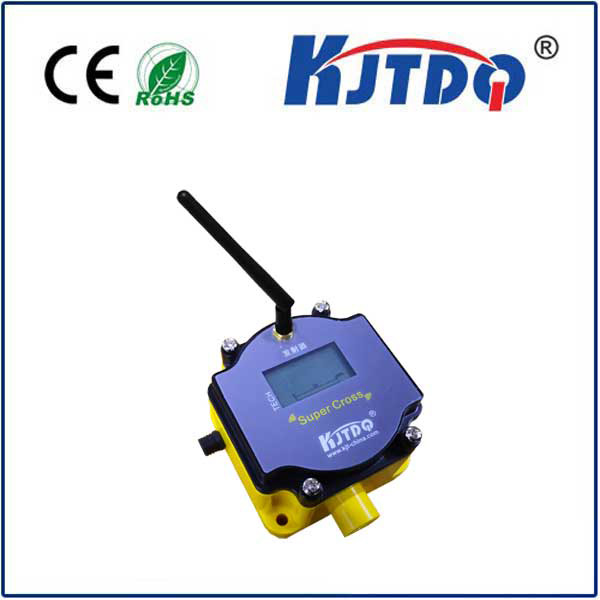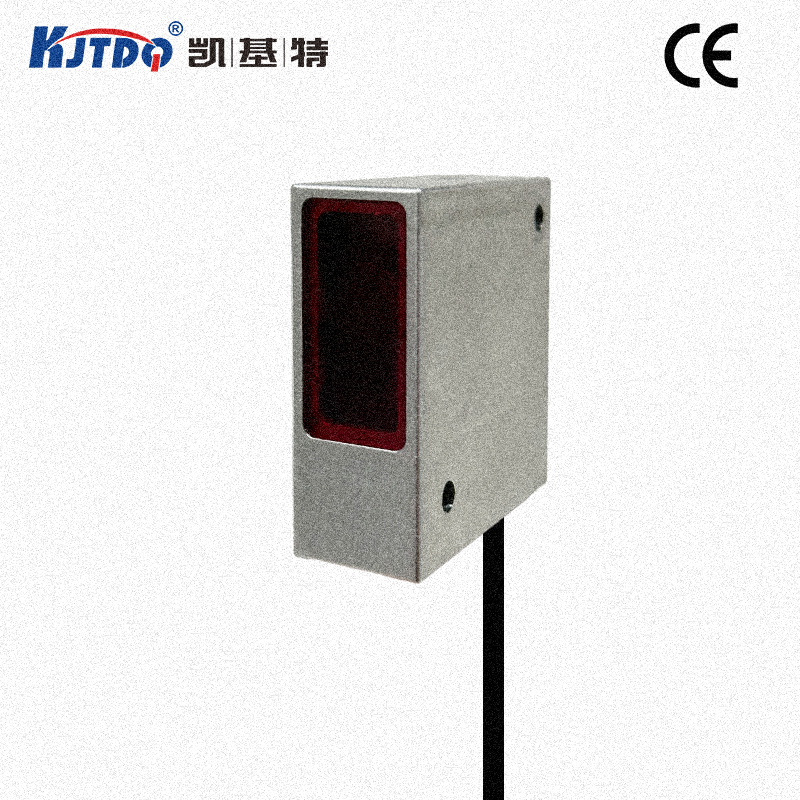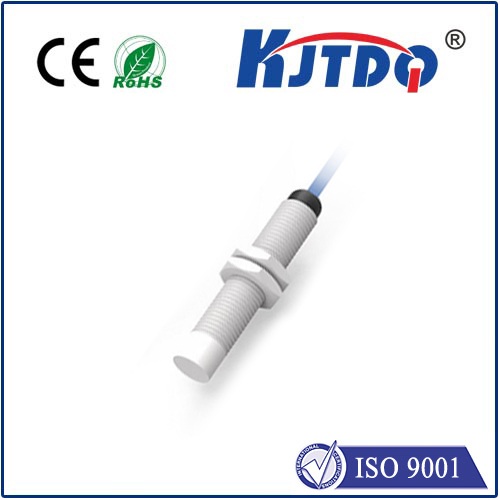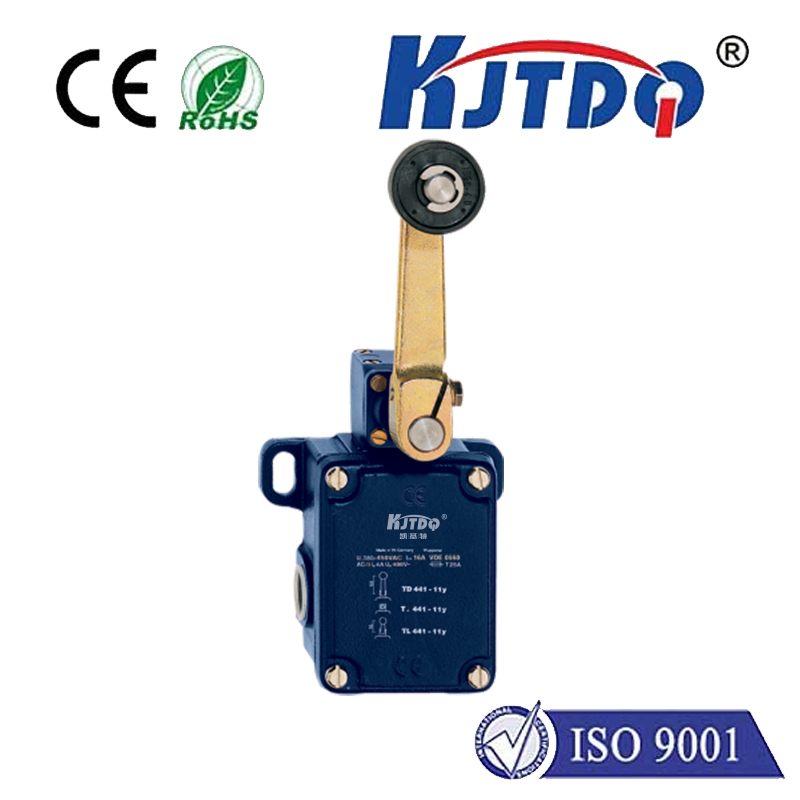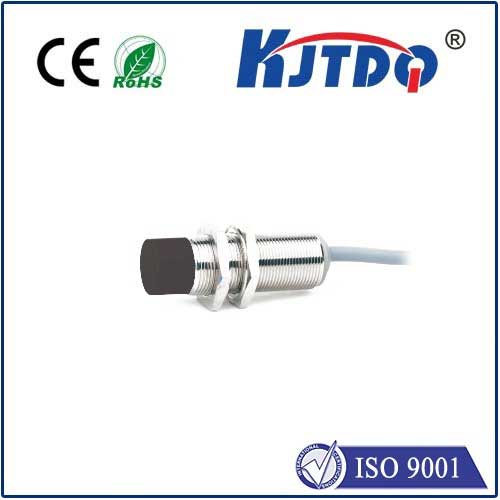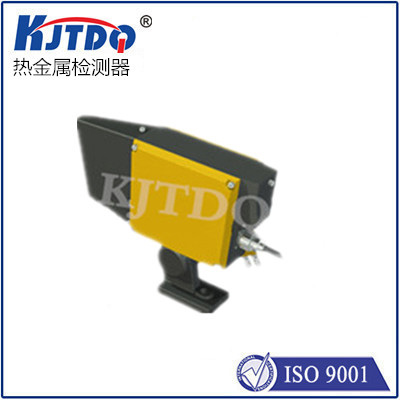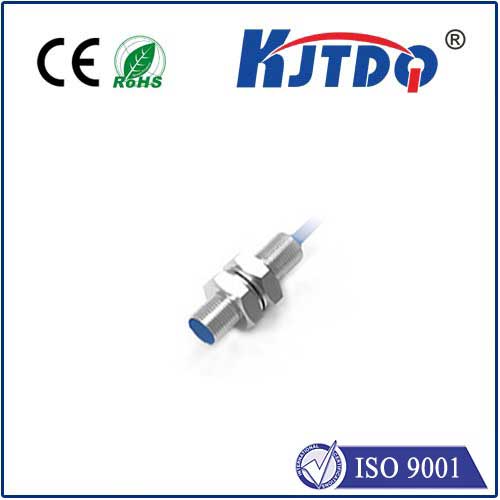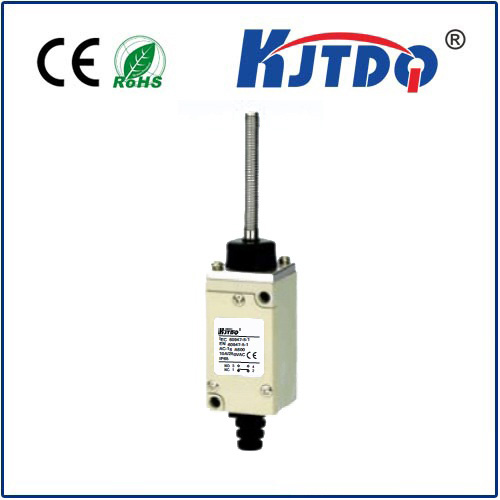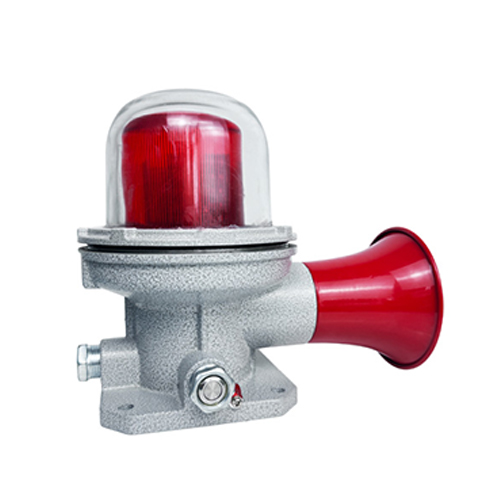

check

check

check

check

check

check

check

check

check

check
Proximity sensors are devices that detect the presence or absence of objects by measuring the distance between them. These sensors are commonly used in various applications, including automated manufacturing, robotics, and home automation systems. In this article, we will explore the working principle of proximity sensors and their applications in different industries.
One type of proximity sensor is the infrared (IR) sensor. IR sensors use红外线 to detect the presence of objects and determine their distance. When an object blocks the infrared radiation, it creates a disturbance in the circuitry, triggering a signal that indicates the object's proximity. IR proximity sensors are commonly used in industrial automation, such as in machine vision systems for detecting defects in production lines.
Another type of proximity sensor is the ultrasonic sensor. Ultrasonic sensors use high-frequency sound waves to measure the distance between objects. When an object moves in front of the sensor, it creates a reflection that changes the sound wave's frequency. The sensor then calculates the time it takes for the sound wave to bounce back and determines the distance between the object and the sensor. Ultrasonic proximity sensors are commonly used in security systems, such as in door access control systems and alarm systems.
In conclusion, proximity sensors are essential devices that enable automation and control in various industries. By detecting the presence or absence of objects and determining their distance, these sensors improve efficiency and safety in manufacturing, robotics, home automation, and other applications. As technology continues to advance, we can expect further developments in proximity sensor technology that will lead to even more innovative solutions.
